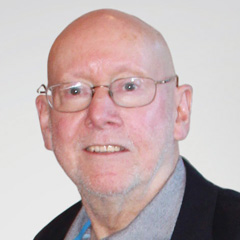10 Museums Emphasizing Microbiology Worthy of a Visit
Many pharmaceutical professionals travel on business for their companies. Having exhausted the usual tourist sites during short downtimes on repeat visits to a major city, visiting a science museum that highlights microbiology may be of interest.
Finding Micro Museums on Business Travel
I have selected 10 museums with historical significance to microbiologists in the pharmaceutical industry you could view in one to three hours, fitting it into a busy schedule. While these museums may lack interest for a spouse when traveling on vacation, they may suit your business plans. Other worthwhile museums that emphasize chemistry, physics and computing as well as the fine arts are available, but the focus of this brief article is microbiology. Although now dated, good sources of information on science museums are the book The Geek Atlas: 128 Places Where Science and Technology Come Alive by John Graham-Cumming (O’Reilly Media, Inc., 2009) and the Joyful Microbe website.
A major disappointment to me is the dispersal of exhibited historical material associated with federal health-related organizations in the Washington, D.C., area, and the lack of emphasis on microbiology in the major U.S. natural history and science museums. Clearly, microbes, being so small, lack a visual impact and popular interest!
Where to Find Micro Museums
I have grouped the museums by country of location, listed alphabetically; most of the museums are located in major metropolitan centers, close to international airports you may use on your business travels. Check the times each museum is open and whether an appointment for a tour is recommended.
Brazil
Museum of Microbiology at the Butantan Institute, Sao Paulo
This microbiology museum in Sao Paulo specializes in microscopes, large 3D models of microorganisms and interactive exhibits.
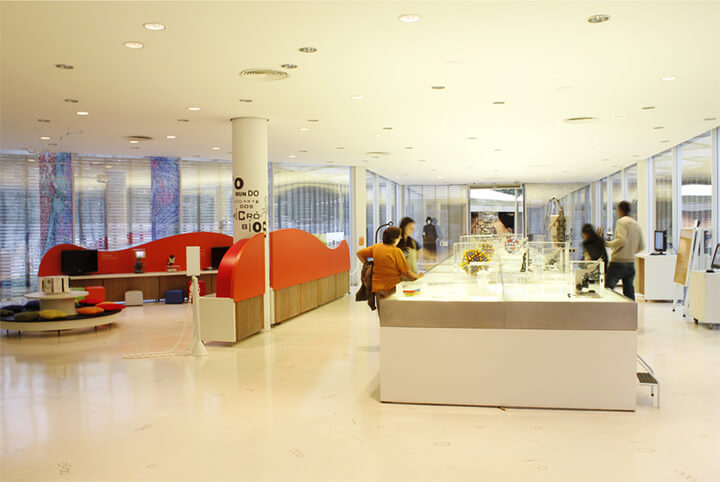
France
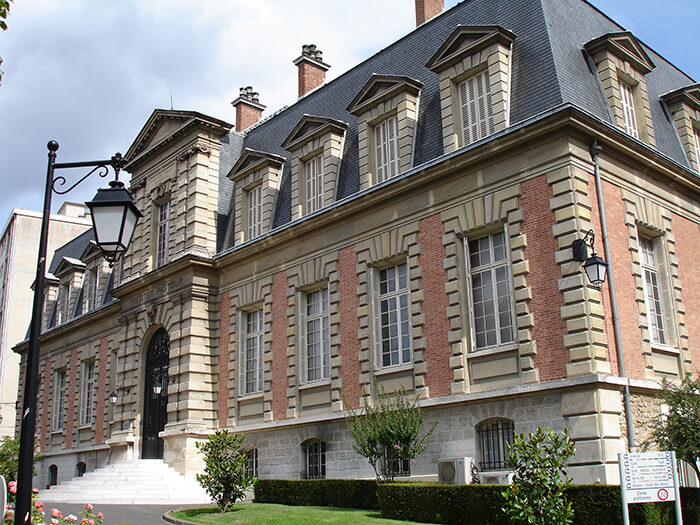
Pasteur Museum, Paris
Louis Pasteur’s living quarters and the crypt where he is buried are part of the museum in the Pasteur Institute. Of greater interest to microbiologists, however, is the gallery exhibiting his equipment including the swan-neck flask of meat medium he used to overcome the theory of spontaneous generation, early autoclaves and porous porcelain sterilizing filters.
Germany
The Museum at the Robert Koch Institute, Berlin
The Robert Koch Institute is dedicated to public health. From 1891 to 1904, the institute was headed by Robert Koch, a physician and pioneering bacteriologist who, as a result of his research into anthrax, first determined the connection between infectious agents and disease. He later discovered the tuberculosis pathogen, for which he was awarded the Nobel Prize in Medicine in 1905. The museum emphasizes the work of the Institute and includes a mausoleum containing Koch’s ashes. Unfortunately, his scientific equipment was destroyed during the WWII bombing of Berlin and is not available for exhibit.
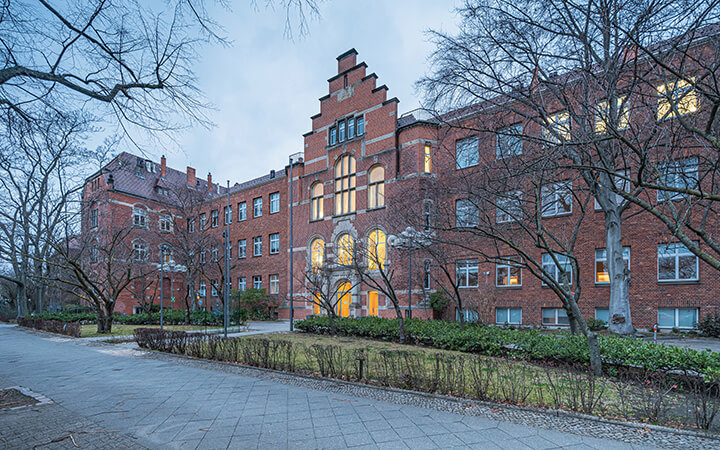
Japan
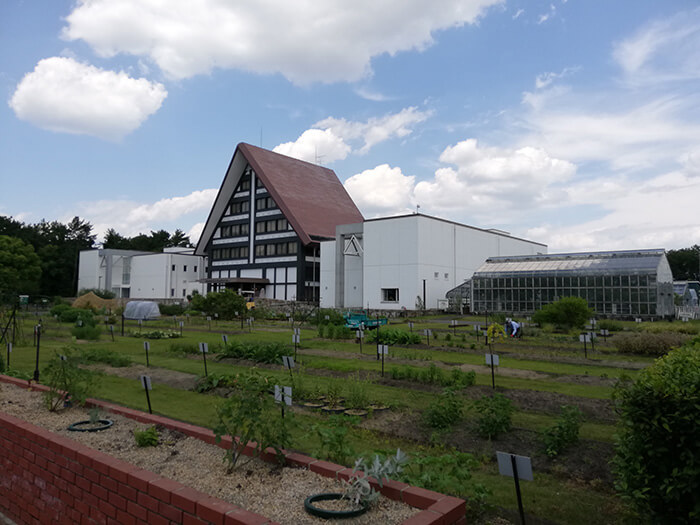
The Naito Museum of Pharmaceutical Science and Industry
Many U.S. state and local history museums include early pharmacies, but museums dedicated to the pharmaceutical industry are a rarity. According to the museum website, the Naito Museum of Pharmaceutical Science is located in Kakamigahara City, Gifu Prefecture, north of Nagoya, and is the first museum in Japan dedicated to pharmaceuticals. Established in 1971 by Toyoji Naito, founder of major pharmaceutical manufacturer Eisai Co., the museum houses approximately 65,000 materials related to the history and culture of medicine, the handling of drugs and the knowledge of health, as well as 62,000 related books. Of these, approximately 2,000 items are on permanent display. The actual pharmaceutical tools used at the time are displayed along with the history of the company. A current exhibit is centered on the COVID-19 pandemic.
The Netherlands
ARTIS-Micropia, Amsterdam
Opened in 2014, ARTIS-Micropia is the only museum solely dedicated to microbiology with the objective of promoting its benefits to humans and the environment as opposed to their role in infectious disease. The museum is part of ARTIS, the location of the Amsterdam Zoo and botanical gardens. I strongly recommend you route your travel to Europe through Amsterdam and visit this museum.
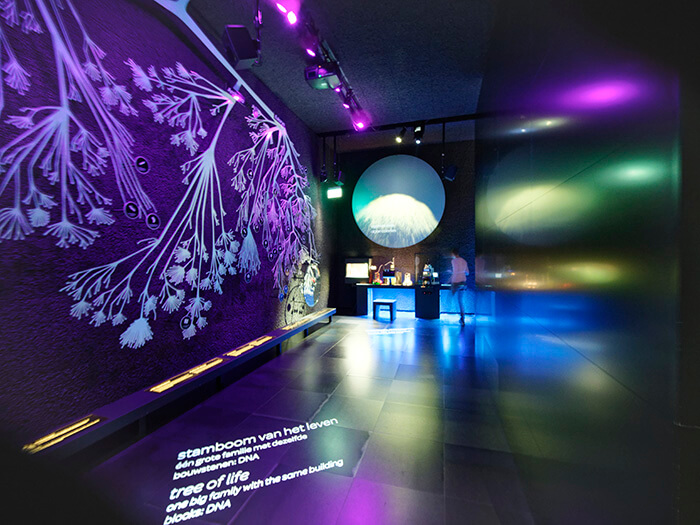
United Kingdom
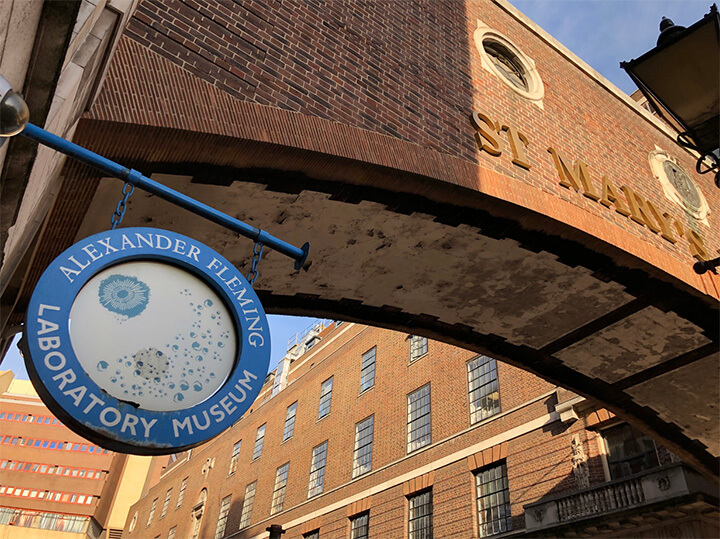
Alexander Fleming Laboratory Museum, St. Mary’s Hospital, London
Alexander Fleming’s restored laboratory is off a spiral staircase in an older building at St. Mary’s Hospital, Paddington, London. According to the story, he was working with Staphylococcus aureus and set aside plates from the incubator on his laboratory bench to be examined later. Returning from a brief holiday, the plate was found to be contaminated with a mold colony which lysed the neighboring staphylococcus colony. This chance observation gave rise to the WWII development of the antibiotic penicillin by Howard Florey and his group at Oxford University. Commercialization of penicillin jump-started the U.S. pharmaceutical industry into the age of antibiotics.
Edward Jenner Museum, Berkeley, England
Edward Jenner, a country physician, determined that smallpox could be prevented, or its severity could be reduced by vaccination with cow pox. His former home in Berkeley, north of Bristol, has been turned into a museum dedicated to his life and the field of immunology and includes a reproduction of his study. The museum will help visitors appreciate the importance of vaccination in the prevention of infectious diseases.
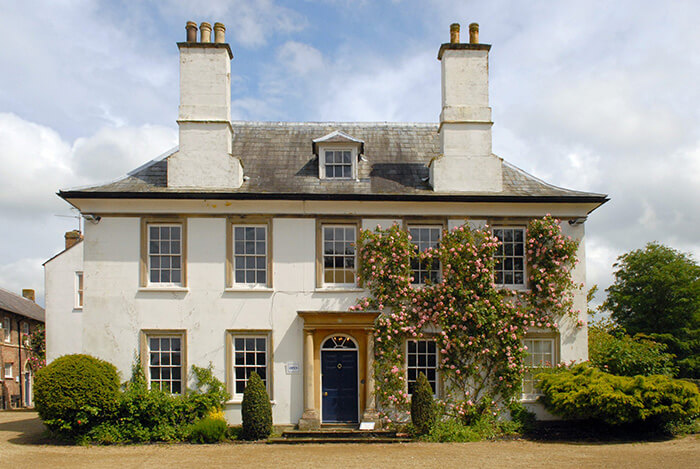
United States
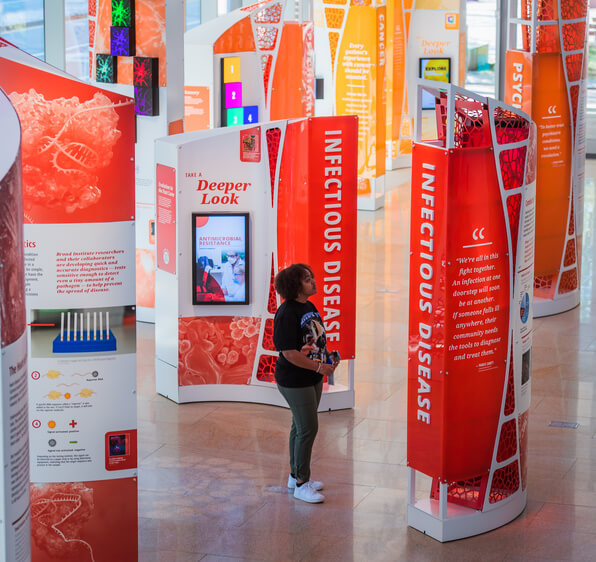
Broad Discovery Center and Innovation Trail, Cambridge, Massachusetts
Kendall Square is the major hub of biotechnology and the location of the Massachusetts Institute of Technology (MIT). The Broad Discovery Center is an active, public educational space that showcases how researchers in Kendall Square and around the world are seeking to understand and treat human disease. Obviously inspired by Boston’s Freedom Trail, the Innovation Trail comprises 15 stops, including the Massachusetts General Hospital, Museum of Medical History and Innovation, MIT Museum, Broad Discovery Center, Whitehead Institute (Human Genome Project), Biogen (Biotech trailblazer), Moderna (mRNA vaccines), and LabCentral (Instant Photographs).
David J. Sencer CDC Museum, Atlanta, Georgia
Located at the Centers of Disease Control (CDC) and Prevention headquarters, the museum highlights the organization’s role in public health and the prevention and control of infectious disease. It has frequently updated temporary exhibits related to CDC activities.
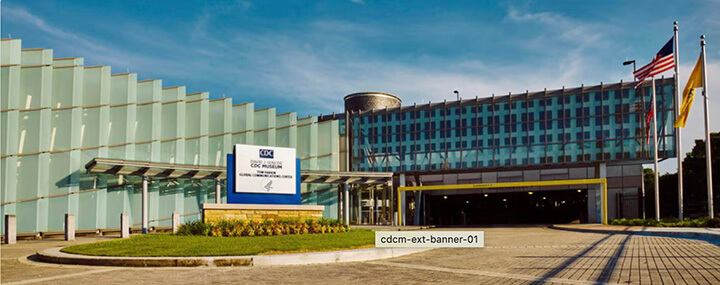
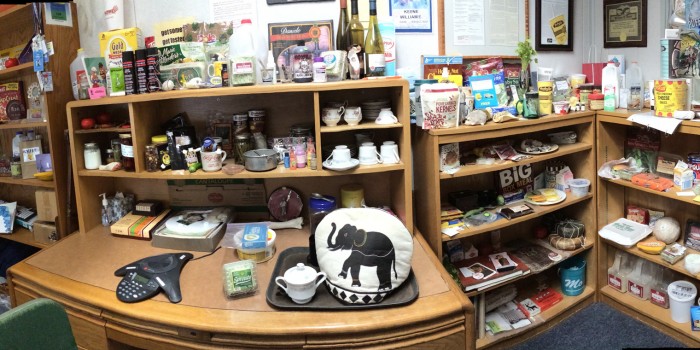
International Outbreak Museum, Portland, Oregon
According to the museum’s website, the International Outbreak Museum began in the office of Dr. Bill Keene during his early years investigating infectious disease outbreaks at the Oregon State Health Department. Among the exhibits are a box of Rely tampons associated with toxic shock syndrome, menus from restaurants associated with foodborne infectious outbreaks and contaminated tattoo ink. Tours of this small museum are by appointment only.
Conclusion
For pharmaceutical professionals frequently traveling on business, exploring microbiology-focused museums can provide a unique and educational respite from the usual tourist attractions. This guide has highlighted ten museums with historical significance to the field of microbiology, each offering insights into the development and impact of microbiological research. These museums, scattered across major global cities, can be visited within a few hours, making them convenient for busy schedules.



